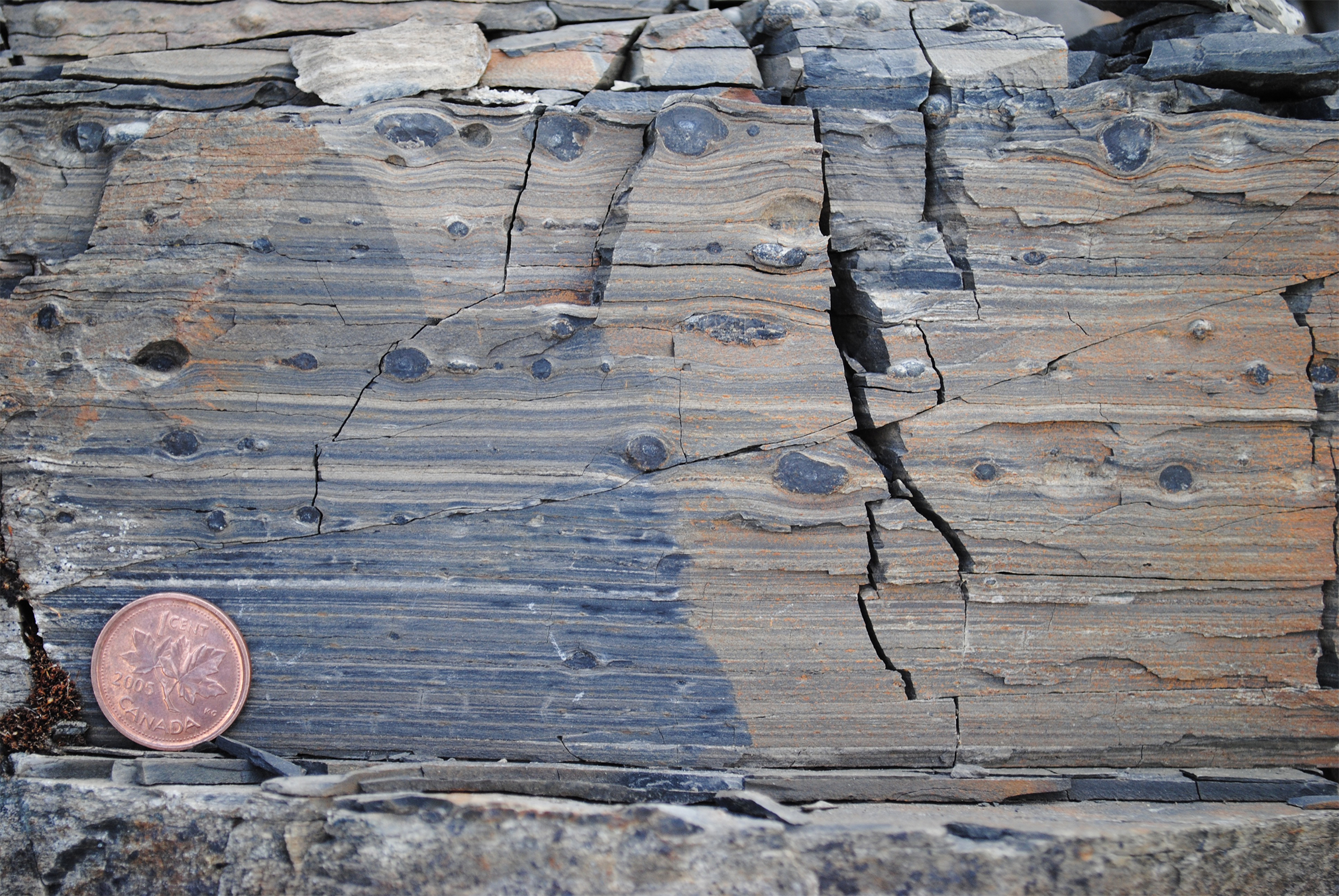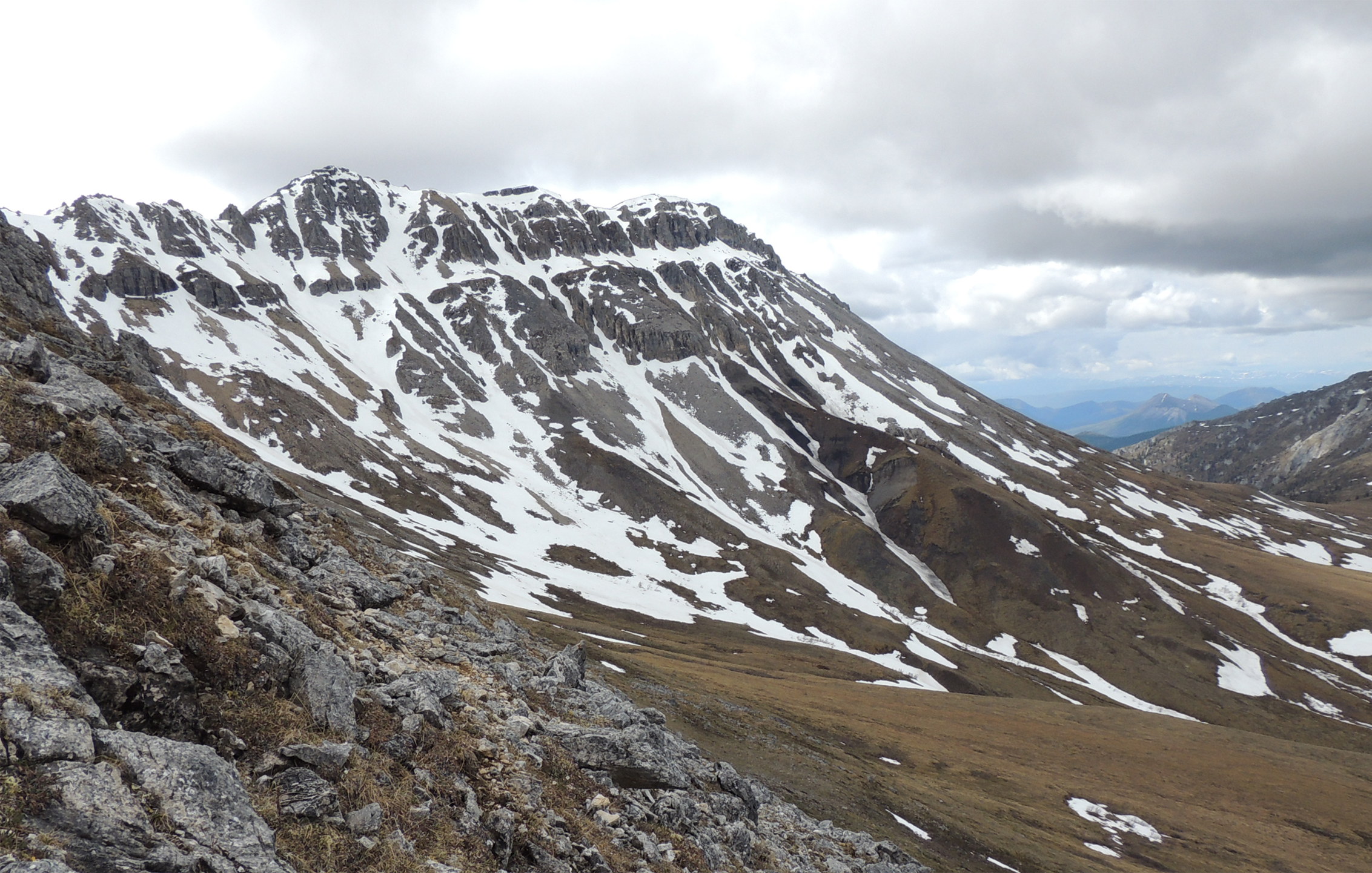As Oceans Alkalized, Life Developed Bones and Shells

A critical feature of many multicellular lifeforms on Earth are hard, biological structures, such as animal bones and snail shells that are made from minerals.
Tiny fossils recently discovered in Canada have pushed back the oldest known evidence of "bio-mineralization" to 810 million years ago. The finding could yield insights into locating fossils on other planets and shed light on the ways in which lifeforms and their planets develop together over time.
The researchers detailed their findings in the journal Science Advances. They received financial support from the NASA Astrobiology Institute MIT node and through a NASA Astrobiology postdoctoral fellowship. [5 Bold Claims of Alien Life]
Multicellular organisms, such as animals, plants and fungi are all examples of eukaryotes, whose cells possess nuclei. The evolution of bio-mineralization was a key milestone in the history of eukaryotes and for Earth in general, since bio-mineral structures, such as coral reefs, have had a dramatic impact on the planet's geology.Yet, early signs of eukaryotic bio-mineralization have remained obscure in the fossil record, making it difficult to know the age and environmental circumstances in which these biological structures first emerged.
To pinpoint when eukaryotic bio-mineralization might have first evolved, scientists collected samples from a roughly 200-foot-thick (60-meter) section of lime mudstone and black and gray shale near Mount Slipper in Yukon territory, Canada, near the Alaskan border.
"We were there in late June, but it was still really cold," said lead author of the study, Phoebe Cohen, a paleobiologist at Williams College in Williamstown, Massachusetts. "There was lots of snow still on the ground, but that was actually okay, since that's where we get our drinking water from."
The researchers focused on microfossils within the rock, which arose during the Neoproterozoic Era between 541 million to 1 billion years ago.
Breaking space news, the latest updates on rocket launches, skywatching events and more!
"The mountain slope where the fossils are found is very steep, and much of the rock is loose, so we spent a lot of time precariously perching on steep slopes whacking away at rocks with our rock hammers to collect samples," Cohen said.
The microfossils Cohen and her team uncovered, thought to be single-celled marine eukaryotes, come in a wide variety of shapes. "Each of the tiny fossils we find we think isn't its own organism, but part of a single cell. Imagine a round single cell surrounded by these little armored plates," Cohen said.
Using high-resolution transmission electron microscopes, Cohen and her colleagues found these microfossils were largely made of complex, interwoven networks of fibrous crystals of a mineral known as apatite. The intricate nature of these networks confirmed they were created by a biological, as opposed to a geological, process, the researchers said.
Furthermore, analysis of isotopes of the elements rhenium and osmium in the rock suggested these fossils are roughly 810 million years old, representing the oldest specimens of eukaryotic bio-mineralization discovered to date. They are, in fact, older than previous specimens by about 200 million years, Cohen said.
"Eukaryotes were building very complex bio-mineralized structures much earlier than we thought they were," Cohen said. [Early Earth: A Battered, Hellish World with Water Oases for Life]
It was a different world during the lifetime of these organisms than today; almost all of life existed in water, and plants and animals had not yet entered the scene. But there was a large diversity of microscopic eukaryotes at the time. Some of these organisms were algae similar to today's red and green algae, while others do not have a similar modern analog, like the mysterious fossils Cohen's team found.
Analysis of the rocks surrounding the fossils suggest that chemical alterations in the oceans when these eukaryotes were alive boosted the amount of phosphate compounds that were dissolved in the water where these lifeforms dwelled. This, in turn, helps explain why these organisms might have created structures made of apatite, which is a phosphate mineral. And it suggests that bio-mineralization developed as organisms and their environments evolved together through time, Cohen said.
"Lots of available phosphorus? Then maybe you'll expect to see organisms using that element to bio-mineralize," Cohen said.
This research may also shed light on where to find fossils on other planets. For instance, if looking for fossils made largely of phosphates, scientists may want to focus on areas that were once, or are currently, rich in dissolved phosphates.
"We've learned more about the conditions under which these types of bio-mineralized fossils can be found, which is useful as we begin to explore places like Mars for potential fossil evidence of life," Cohen said.
Future research could focus on finding such fossils elsewhere in the world, Cohen said.
"I'm also working on trying to understand why these fossils are preserved here and how they are preserved, which will help us find them elsewhere and also help us understand more generally how bio-mineralized fossils get preserved in ancient rocks," she said.
"There's also a lot of questions about why we don't see eukaryotic bio-mineralization again for almost 200 million years," Cohen said. "Was it because these organisms went extinct? Then why didn't other organisms evolve this capability? Was it because of ocean chemistry conditions? There's many interesting questions to follow up with there as well."
This story was provided by Astrobiology Magazine, a web-based publication sponsored by the NASA astrobiology program. Follow Space.com @Spacedotcom, Facebook and Google+. Story posted on Space.com.

Charles Q. Choi is a contributing writer for Space.com and Live Science. He covers all things human origins and astronomy as well as physics, animals and general science topics. Charles has a Master of Arts degree from the University of Missouri-Columbia, School of Journalism and a Bachelor of Arts degree from the University of South Florida. Charles has visited every continent on Earth, drinking rancid yak butter tea in Lhasa, snorkeling with sea lions in the Galapagos and even climbing an iceberg in Antarctica. Visit him at http://www.sciwriter.us



